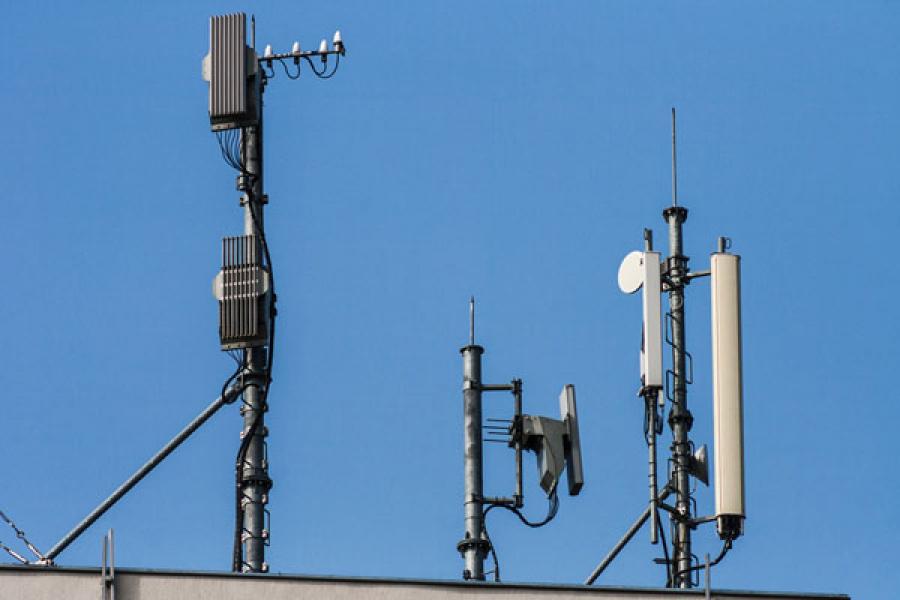Spectrum sharing is Welcome but it won't cut Industry Debt
It may be the case that sharing will take off between operators with similar problems and spectrum endowments. Sharing may favour larger players, since once they have invested time to hash out a deal it would be easier to replicate such a deal across several circles
Image: Shutterstock
TRAI (Telecom Regulatory Authority of India) has announced the much-awaited spectrum sharing guidelines this week.
TRAI has said that two companies can share spectrum between themselves if both of them hold spectrum in one particular band in a particular service area, if the spectrum is acquired through auction or the companies have paid the market determined rate for the airwave.
"All access spectrum i.e. spectrum in the bands of 800/900/1800/2100/ 2300/2500 MHz will be sharable provided that both the licensees are having spectrum in the same band," TRAI said in its recommendation on Guidelines on Spectrum Sharing.
Operators involved in spectrum sharing will need to pay a higher spectrum usage charge, elevated by an additional 0.5% of revenue. Whether this means operators will gain overall in terms of their profitability depends on whether they can take around 0.25% out of their cost base as a result of spectrum sharing (assuming a 50% operating margin). On the face of it, once the transition phase to sharing is over, it seems at a high level that this could be done.
DoT is now due to examine the TRAI guidelines before confirming the policy to be adopted.
Spectrum sharing is likely to:
- Help operators with too little spectrum in a circle to satisfy demand
- Enable less congestion and better quality of service
- Reduce the need to buy more spectrum in existing circles
- Provide an alternative to more capex in-circle from increasing site density
Spectrum sharing is not likely to:
- Spectrum sharing does not:Mean that operators can avoid spectrum purchase to enter new circles
- Favour smaller players with fragmented spectrum holdings as they may find it hard to find sharing partners
- Help operators with limited spectrum and limited market share, who wish to partner with a more established operator in the same circle
- Help with specific geographic black spots as the formula applies to the whole circle
Spectrum sharing should not be expected to result in huge reductions in industry debt which currently stands at around INR 250,000 Crore (USD 40bn). This is because it doesn’t help avoid future spectrum purchase for renewals, or defray any of the cost of entering new service areas.
Rather, it provides the potential to reduce in-circle capital expenditure to improve network coverage through building more base stations. Even for this, I would expect additional transition costs in the first few years as operators undertake network engineering to link theirs to others’. This may or may not be offset by cost savings in the near term.
It is possible that the guidelines will favours operators of a similar size, where each party offers the other a similar benefit from sharing. It is unlikely that an operator will share spectrum with one who has a significant spectrum disadvantage in the same circle. Therefore, it may be the case that sharing will take off between operators with similar problems and spectrum endowments.
Some have said that the new guidelines on spectrum sharing will help consolidation, but so far I do not see an obvious reason why, although it might polarise smaller players further into a need to exit or be bought out.
The thoughts and opinions shared here are of the author.
Check out our end of season subscription discounts with a Moneycontrol pro subscription absolutely free. Use code EOSO2021. Click here for details.

